As well as protecting lichen, this compound could have medical and cosmetic applications – if toxicity concerns can be overcome
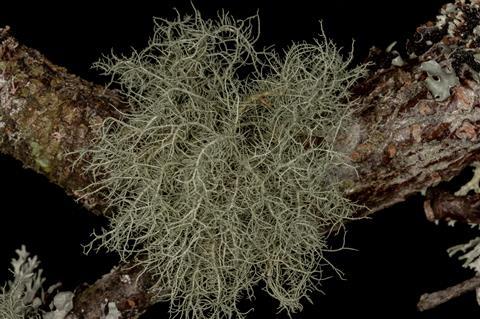
Lichen are everywhere; on city walls, on rock faces and covering branches of ancient trees. Made up of an alga and a fungus living in symbiosis, lichen are often intricate and mesmerising to behold in woodland.
Usnic acid, one of the chemicals found in lichen, has been widely studied, and, although toxic to humans (in particular the liver) when eaten, has a number of potential benefits. Usnic acid is a naturally occurring dibenzofuran found within the upper cortex, just below the outer layer of lichen. It protects lichen by shielding it from UV rays, as well as tasting bad to grazing species. It also has anti-oxidative properties for the lichen, combatting free radicals and cell DNA damage.
A lichen-ly sunscreen?
One obvious question arises: could the UV-shielding effect of usnic acid seen in lichen have the same effect for humans? Recently, a team from Jagiellonian University Medical College in Poland, led by Agnieszka Galanty, tested a combination of usnic acid and octocrylene to see if using smaller quantities of the two together could reduce the danger of octocrylene breakdown into the potentially carcinogenic benzophenone (a current concern about octocrylene-based suncreams).
The two enantiomers (mirror image isomers) of usnic acid behaved differently, with the left-handed enantiomer slightly more toxic to keratinocytes (the cells which form the outer layer of the skin). The right-handed enantiomer was found to penetrate the skin without damaging skin cells and was stable under UV light. The team found that overall, using usnic acid in combination with octocrylene might mean a lower concentration of UV filters like octocrylene would be needed to achieve the same photo-protective effect. However, this hasn’t been tested on humans yet.
Anti-bacteria and anti-cancer
Usnic acid doesn’t only have potential as a sunscreen. It has long been known for antibacterial properties: it is sometimes used within deodorants to prevent the growth of odour-causing bacteria, and within toothpaste to act against bacteria that cause tooth decay. Research also suggests that usnic acid could potentially be combined with calcium phosphate cement to create antibacterial bone replacement material, although this is not yet commercially available.
Other recent studies have shown that usnic acid has various anti-cancer activities, including apoptosis (cell death) and cell cycle arrest in certain types of hormone-receptive cancer cells, slowing the spread of cancer to other parts of the body by inhibiting the activity of enzymes called matrix metalloproteinases, and reducing the production of pro-inflammatory signalling molecules that are involved in cancer development. While these studies have been conducted in vitro, they have yet to be conducted in humans; the toxicity of usnic acid, when used internally, is still a barrier to this.
Toxicity
A salt of usnic acid, sodium usniate, was an ingredient of the weight loss drug Lipokinetix in the early 2000s. After taking the drug, some people experienced liver poisoning (linked to sodium usniate), causing the drug to be removed from the market. Meanwhile, frequent skin exposure to lichen has been known to lead to usnic acid allergy; but in such cases, the usnic acid is in a more concentrated form than usually found in cosmetics like deodorants.
Efforts have been made to reduce usnic acid’s toxicity, but these produced unwanted side effects. When experiments in yeast cells performed by Helmut Bergler’s team at the University of Graz revealed that usnic acid could influence a process called ribosome biogenesis, which could slow the rate of cancer cell production, they tried to modify the acid to make it less harmful to humans. However, reducing the toxicity also inactivated usnic acid’s ability to affect ribosome biogenesis.
Toxicity appears to be a barrier to the use of usnic acid in cancer treatments at the moment, but it may be that, in combination with other drugs, its toxicity is reduced and its benefits can be unlocked. It may also be that the greatest use of usnic acid is in further understanding how chemicals behave at the genetic scale and in developing imitation drugs synthetically.
The need for advances in sunscreens might mean that in some cases, combination drugs could maximise the benefits of all the chemicals; in this case by reducing the required amounts of both octocrylene and usnic acid. The results mentioned above are just some of the fascinating studies in the behaviour of usnic acid, but they have, in the most part, not yet been tested in humans and animals, due to the continuing problem of toxicity. If they could be, we might expect some further very interesting results.

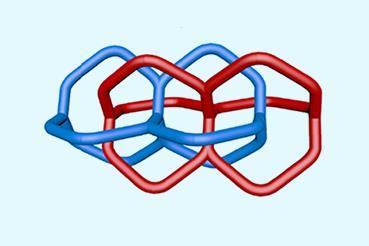

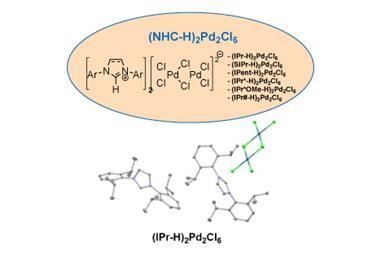
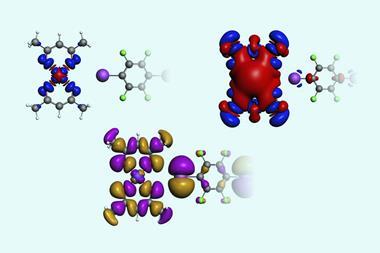




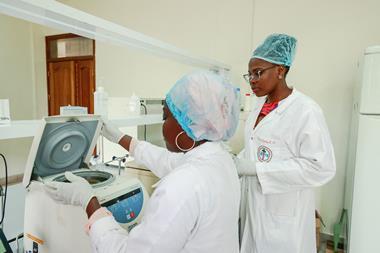


No comments yet